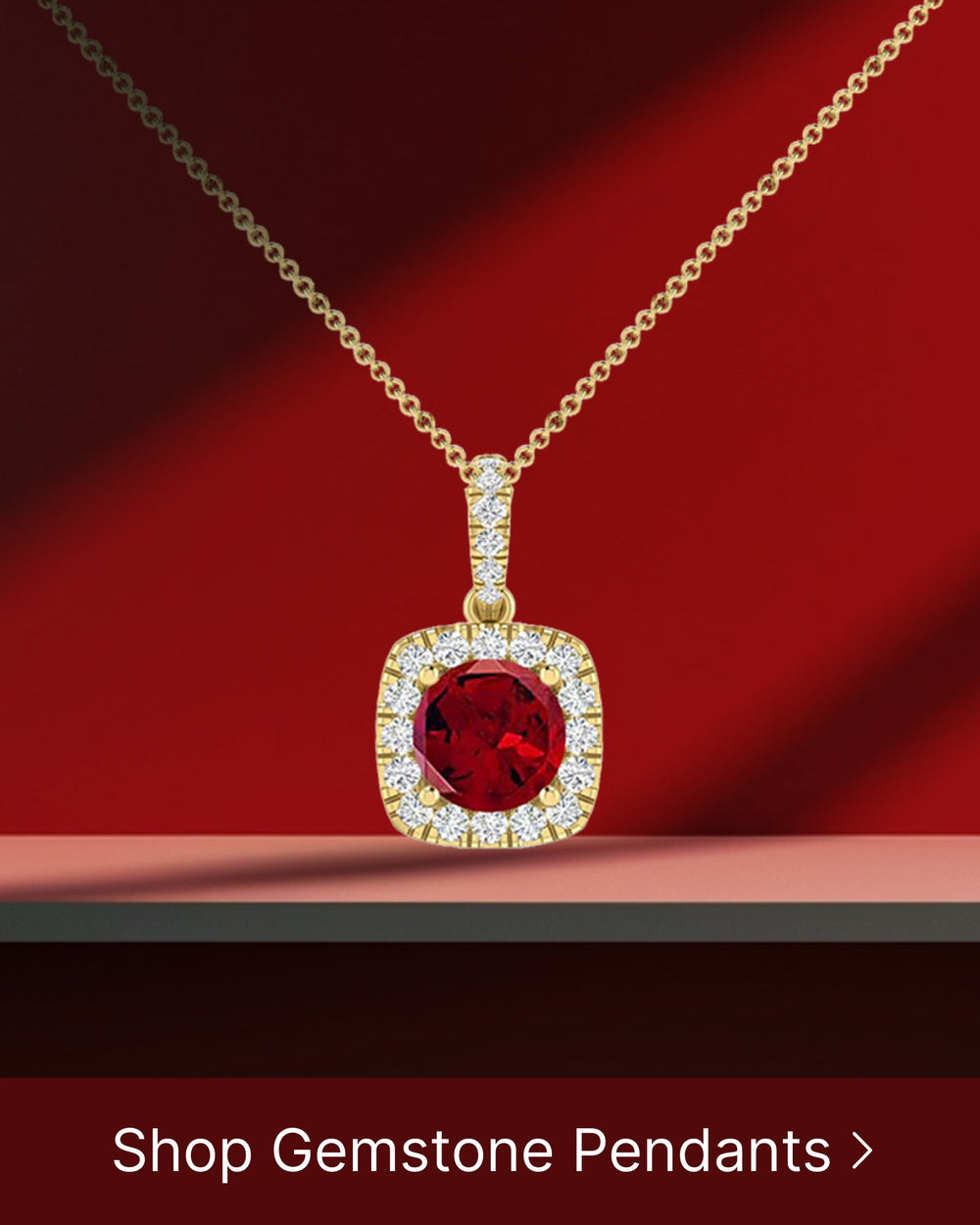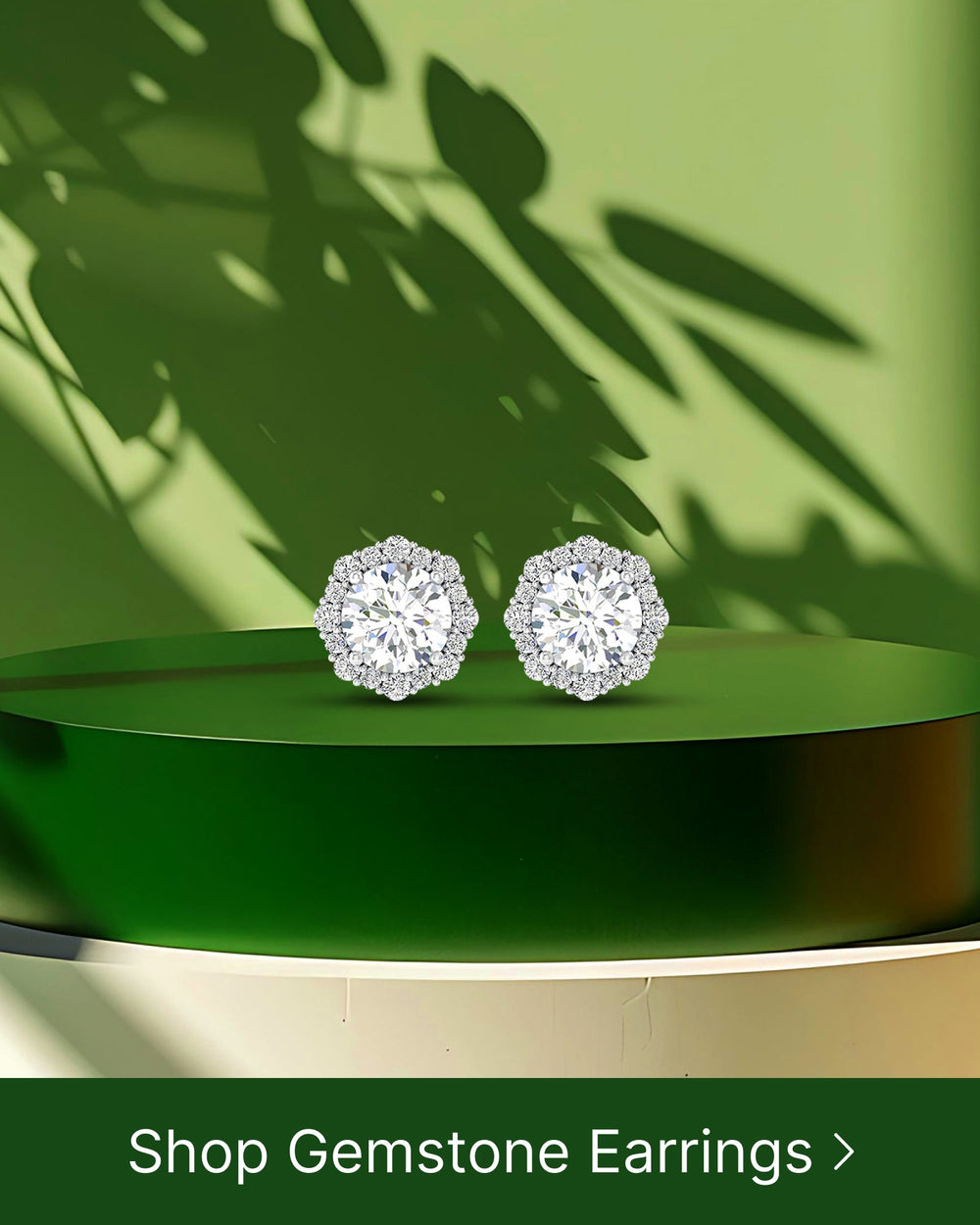Jewelry-Making with Natural Elements: Wood, Bone, and Shell
Understanding the Basics of Natural Jewelry-Making
When it comes to jewelry-making, many artisans are drawn to the appeal of natural elements such as wood, bone, and shell. These materials offer a unique and organic aesthetic that is hard to replicate with synthetic materials. Additionally, working with natural elements allows artisans to create one-of-a-kind pieces that showcase the beauty of nature.
However, before diving into the world of natural jewelry-making, it's essential to understand the basics. This article will guide you through the necessary tools and techniques for working with wood, bone, and shell.
The Appeal of Natural Elements in Jewelry
One of the main reasons artisans are drawn to natural elements in jewelry-making is the inherent beauty they possess. Wood, bone, and shell each have their own distinctive patterns, textures, and colors. This uniqueness adds depth and character to any piece of jewelry.
Furthermore, natural elements have a certain tactile quality that synthetic materials lack. The smoothness of wood, the coolness of bone, and the iridescence of shell create a sensory experience for the wearer.
Imagine running your fingers over a wooden pendant, feeling the intricate grain patterns beneath your touch. Or wearing a necklace made from bone, the coolness of the material against your skin providing a refreshing sensation. And let's not forget the mesmerizing play of colors in a shell pendant, reflecting the light and captivating the eye.
These natural elements not only look beautiful but also engage multiple senses, making the jewelry-wearing experience truly immersive.
Necessary Tools for Working with Wood, Bone, and Shell
Before starting any jewelry project, it's crucial to have the right tools at your disposal. When working with wood, bone, and shell, some essential tools include:
- A jeweler's saw
- Various grits of sandpaper
- Files and rasps
- A polishing wheel
- Drill bits
- Superglue or epoxy
These tools will help you shape, polish, and assemble your natural elements into stunning pieces of jewelry.
Let's delve deeper into the tools and their specific uses. A jeweler's saw is a delicate yet precise tool that allows you to cut intricate shapes out of wood, bone, or shell. With different blades, you can achieve various cuts, from straight lines to curves and even intricate designs.
Once you have your desired shape, it's time to refine the edges and surfaces. This is where sandpaper comes in. By using different grits, you can gradually smooth out the rough edges and achieve a polished finish. Files and rasps are also useful for shaping and refining the contours of your natural elements.
After shaping and refining, it's time to bring out the shine. A polishing wheel, often used with polishing compounds, will give your jewelry pieces a lustrous finish. The drill bits come in handy when you need to create holes for stringing or attaching findings.
Lastly, to ensure the durability and longevity of your jewelry, using superglue or epoxy is crucial. These adhesives will securely bond different components together, ensuring that your natural jewelry withstands the test of time.
Working with Wood in Jewelry-Making
Wood has been used in jewelry-making for centuries due to its warmth and natural beauty. There are various types of wood suitable for jewelry, each with its own characteristics and color variations.
Types of Wood Suitable for Jewelry
Some popular types of wood used in jewelry-making include:
- Ebony: Ebony is prized for its jet-black color and fine grain. It makes a bold statement in jewelry pieces.
- Rosewood: Rosewood has a reddish-brown hue and often features distinctive grain patterns. It adds warmth and elegance to jewelry designs.
- Teak: Teak is known for its golden-brown color and durability. It is a popular choice for both men's and women's jewelry.
These are just a few examples, but the possibilities are endless when it comes to using different types of wood in jewelry. Experimenting with various woods will allow you to create unique and eye-catching pieces.
Techniques for Shaping and Polishing Wood
When working with wood, it's essential to have a good understanding of shaping and polishing techniques. The following steps will guide you through the process:
- Start by cutting the wood into the desired shape using a jeweler's saw.
- Use files and rasps to refine the shape and smooth out any rough edges.
- Gradually sand the wood using various grits of sandpaper, starting with a lower grit and progressing to a higher grit for a smooth finish.
- Once the desired shape and smoothness are achieved, polish the wood using a polishing wheel and a suitable wax or polish.
Remember to take your time and be patient when working with wood. The end result will be well worth the effort.
Incorporating Bone into Your Jewelry Designs
Bone is another natural element that can add a touch of sophistication and edge to your jewelry designs. However, it's crucial to consider ethical considerations when using bone in your creations.
Ethical Considerations when Using Bone
It's important to ensure that the bone you are using in your jewelry-making is sourced ethically. Look for suppliers who obtain bones from animals that have died naturally or as a byproduct of other industries. Avoid materials sourced from endangered or illegally hunted animals.
By choosing ethically sourced bone, you can create beautiful pieces knowing that no harm was done to animals in the process.
Preparing and Treating Bone for Jewelry
Before incorporating bone into your jewelry designs, it's necessary to properly prepare and treat it. Follow these steps to ensure the bone is suitable for jewelry-making:
- Start by cleaning the bone thoroughly to remove any dirt or debris.
- Submerge the bone in hydrogen peroxide to whiten and sanitize it.
- Allow the bone to dry completely before shaping or drilling.
- Smooth the surface of the bone using sandpaper or a polishing wheel.
- Seal the bone with a clear sealant or wax to enhance its appearance and durability.
By following these steps, you can transform raw bone into a captivating element of your jewelry designs.
The Beauty of Shell in Handmade Jewelry
Shell is a versatile material that can add a touch of elegance and natural beauty to any piece of jewelry. From mother-of-pearl to abalone, there are various types of shells to choose from.
Different Types of Shells for Jewelry-Making
Some popular types of shells used in jewelry-making include:
- Mother-of-pearl: Known for its iridescent beauty, mother-of-pearl has a pearly appearance that exudes grace and charm.
- Abalone: Abalone shells showcase a stunning mix of colors, ranging from turquoise to pink. They are perfect for creating statement pieces.
- Paua: Paua shells are native to New Zealand and feature vibrant hues of blue, green, and purple. They lend a unique and exotic touch to jewelry designs.
By incorporating different types of shells into your jewelry designs, you can create captivating pieces that truly capture the essence of the ocean.
Cutting and Polishing Shells for Jewelry
Working with shells requires delicate handling and precise cutting techniques. Here's a step-by-step guide:
- Start by cleaning the shell to remove any dirt or debris.
- Using a jeweler's saw or a Dremel tool, carefully cut the shell into the desired shape.
- File the edges of the shell to smooth them out.
- Polish the shell using a polishing wheel and a suitable shell polish.
Be mindful of the fragility of shells and take your time to ensure clean cuts and a polished finish.
Combining Wood, Bone, and Shell in a Single Piece
For truly unique and eye-catching jewelry pieces, consider combining different natural elements such as wood, bone, and shell in a single design. The contrast between these materials can create captivating visual and tactile experiences.
Design Ideas for Mixed-Material Jewelry
Here are some design ideas to inspire you when creating mixed-material jewelry:
- Create a layered pendant using wood as the base, bone as the middle layer, and a shell as the top layer.
- Incorporate small wood or bone beads into a bracelet or necklace with shell accents.
- Combine various pieces of wood, bone, and shell in a mosaic-style ring for a statement piece.
Don't be afraid to experiment and mix different materials to create truly unique and personal jewelry designs.
Techniques for Joining Different Materials
Joining different materials in jewelry can be challenging but rewarding. Here are some techniques you can use to securely connect wood, bone, and shell:
- Use superglue or epoxy to bond the materials together. Make sure to follow the manufacturer's instructions for the best results.
- Drill small holes in the wood or bone to attach jump rings or clasps for easy assembly.
- Combine wire wrapping techniques with beads to connect different elements and add visual interest.
Remember to take your time and practice these techniques to ensure a strong and durable connection.
In conclusion, jewelry-making with natural elements like wood, bone, and shell offers endless possibilities for creating unique and beautiful pieces. With an understanding of the basics, the right tools, and some creativity, you can craft stunning jewelry that showcases the natural beauty of these organic materials. So, why not explore the allure of natural jewelry-making and see where your creativity takes you?






